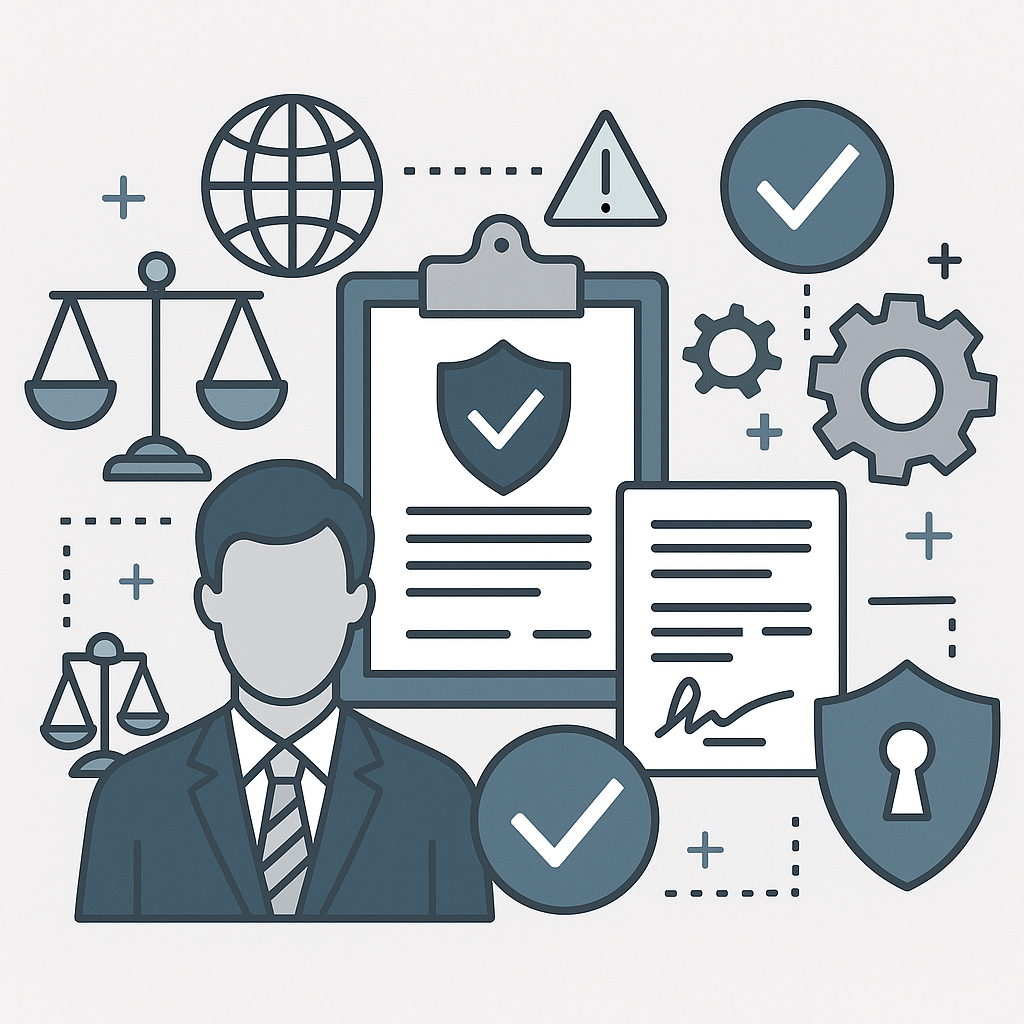Recent changes in speeding regulations have introduced new penalty structures, categorisation methods, and speed limit adjustments that significantly impact drivers. Understanding these updates is crucial for complying with the law and avoiding fines. Here’s a breakdown of the latest changes and their implications for motorists.

New Penalty Structures and Their Implications
Recent changes to speeding regulations include a revised penalty structure designed to create a more standardised approach to fines and penalties, including an increase in speeding fines. Offences are now classified into different tiers based on the severity of the violation, with corresponding penalties and points on the driver’s license. For example, minor speeding offences might result in a lower fine and fewer points, while excessive speeding could lead to a substantial fine and additional penalties.
These adjustments mean drivers must be more aware of the new penalty thresholds to avoid unexpected costs. The updated structure also introduces a system of escalating fines for repeat offenders, making it more critical for drivers to adhere to speed limits. These changes aim to enhance road safety by creating a clear and consistent framework for penalising speeding offences.
Employers who manage fleets or have employees who drive as part of their job should be especially mindful of these new penalties. Ensuring all drivers know the changes can help prevent costly fines and legal issues. Regular training and updates on the latest regulations can also assist in maintaining compliance and promoting safe driving practices.
The new penalty structure aims to reduce the administrative burden on enforcement agencies by streamlining the process of issuing and managing fines. This efficiency can lead to quicker resolutions for speeding violations and more effective deterrents against speeding.
How Speeding Offenses Are Categorized under the Updated Law
The updated law categorises speeding offences into distinct levels based on the extent of the speed limit violation. For instance, offences are divided into minor, intermediate, and severe speeding categories, each with fines and consequences. This categorisation helps to differentiate between slight and severe breaches of speed limits.
Minor speeding offences, such as exceeding the speed limit by a small margin, are typically met with lower fines and fewer penalty points. In contrast, serious offences, such as extreme speeding or repeated violations, incur higher fines and more significant penalties. This tiered approach ensures that penalties are proportionate to the severity of the offence.
The updated law also includes specific criteria for categorising offences, such as the amount by which the speed limit is exceeded and the location of the offence. For example, speeding in a school zone or construction area may result in harsher penalties than other locations. This differentiation addresses the increased risk associated with speeding in sensitive areas.
Understanding these categories is crucial for drivers to gauge the potential consequences of their actions and to navigate the legal implications of speeding violations effectively. Compliance with speed limits and awareness of these categories can help drivers avoid more severe penalties.
The Impact of Recent Speed Limit Adjustments
Recent adjustments to speed limits have been made to reflect changes in road safety data and urban planning needs. For example, speed limits in residential areas and near schools have been reduced to enhance pedestrian safety. These changes are intended to reduce the risk of accidents and improve overall road safety.
Drivers should know these updated speed limits to avoid inadvertently exceeding the new thresholds. Speed limit adjustments often come with changes to road signs and traffic signals, so staying informed about local speed limit regulations is essential. Ignorance of updated limits is no excuse for speeding, and drivers must remain vigilant.
The impact of these speed limit changes can be significant, particularly in areas where limits have been lowered. Increased adherence to speed limits can lead to fewer traffic accidents and better safety outcomes. For drivers, this means adjusting driving habits and paying close attention to speed limit signs.
Additionally, the new speed limits can affect traffic flow and travel times. Drivers might experience longer travel times due to reduced speeds in certain areas, which could necessitate adjustments in planning and route selection. Understanding these impacts can help drivers adapt to the new regulations and maintain safe driving practices.
Procedures for Challenging a Speeding Ticket
If a driver believes a speeding ticket has been issued in error, there are procedures in place to challenge it. First, the driver should review the ticket and gather any evidence that may support their case, such as dashcam footage or witness statements. The next step is formally contesting the ticket by submitting a notice of appeal or objection to the relevant authority.
If the initial appeal is unsuccessful, drivers can request a hearing to present their case. They can provide evidence during the hearing and argue their position before a judge or magistrate. Preparing thoroughly for this hearing is important, as presenting a clear and well-supported case can increase the chances of a successful appeal.
In some cases, drivers may also be able to negotiate a reduced penalty or alternative resolution, such as attending a driving course. This option can help mitigate the impact of the speeding ticket and demonstrate a commitment to improving driving habits.
Understanding the procedures for challenging a speeding ticket can help drivers effectively address disputes and ensure their rights are protected. Staying informed about these processes and seeking legal advice, if necessary, can aid in navigating the appeal process successfully.



